Cnet’s Google Blog links to a British DJ’s music video that’s 95% Google Earth. It’s… watchable, actually.
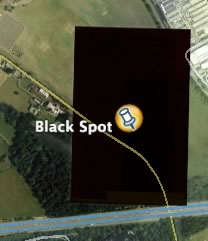
Google Blogspot gets mail that alleges Google Earth censored the Sultan of Brunei’s walled London mansion, and wonders how much he paid. I found the story unlikely, so went looking, only to find… A giant black slab partially obscuring his property on Windmill Lane. That is rather a lucky coincidence, don’t you think? Google Maps is no help. If the Sultan paid for his privacy, though, he will have paid The GeoInformation Group, which licensed the images to Google. Geo-Web talks about the upcoming GeoRSS open standard, which aims to let you use open format Geography Markup Language (GML) in a news feed, for example to describe a sailing race in real time. Mikel Maron at Brain off does his bit, writing an extension that parses GeoRSS in Google Maps called MGeoRSS. He hopes the big players get on board. (You can convert GML to KML, sort of.) Gizmos Grabowski has an interesting post about why the 49th Parallel does not line up with Google Earth’s US/Canadian border. (No, it’s not Google’s fault.) Pigeons will soon “blog” air pollution in San Jose, California. Who will build the tracker for Google Earth? (Via Smartmobs) James Fee of Spatially Adjusted writes a FAQ of sorts about ESRI’s ArcGIS Explorer closed beta. Among other things, he writes:
5. What kind of imagery will be provided by default?
This is a harder question to answer. Every demo that ESRI has shown to the public has only had 15m resolution. I don’t know if they have any plans to increase this, but since ESRI isn’t a data provider I suspect not. You can of course use any WMS service such as the Terraserver to fill in gaps, but I don’t think there will ever be as much or as high quality imagery as Google Earth has.
Finally somebody makes a 3D movie from Google Earth. Google Earth Blog highlights one made by Swede Jan Melin. Jan has also made a “time-lapse” movie where he alters the elevation multiple of mountains over time, here.
A major phonetapping scandal is roiling Greece. One blogger does some conspiracy theorizing using Google Earth.
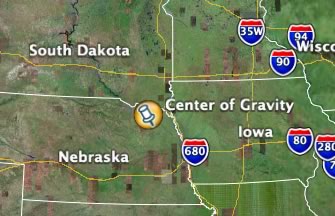
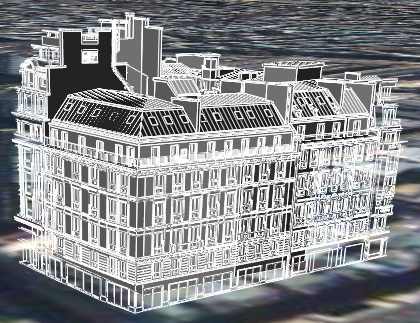
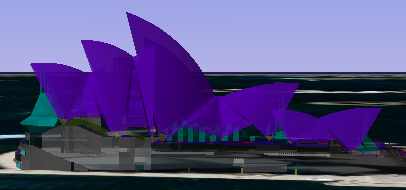
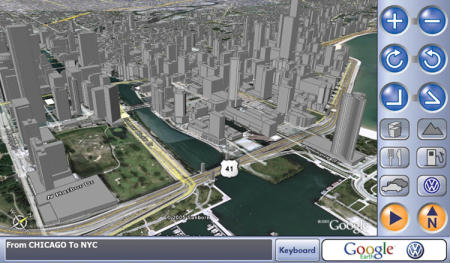

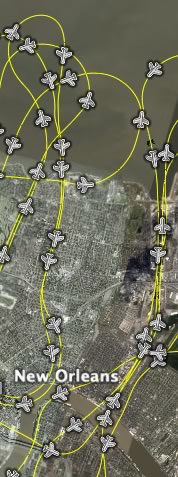 NASA writes up an impressive set of post-Katrina and Rita imagery that it published to Google Earth and which is completely new to me. There is a
NASA writes up an impressive set of post-Katrina and Rita imagery that it published to Google Earth and which is completely new to me. There is a